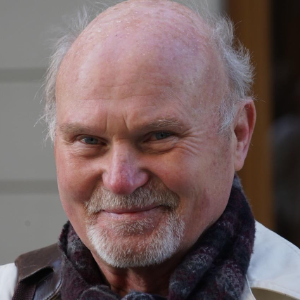Title : The poly-symptomatology of chronic Multi-Canalicular Benign Paroxysmal Positional Vertigo (mc-BPPV)—A deductive, inductive, and abductive narrative review
Abstract:
The aim of this narrative review is to orchestrate the symptomatology of mc-BPPV from deductive, inductive, and abductive points of view; its purpose is to explore this symptomatology with the intention of recognizing these symptoms as expressions of an eventual mc-BPPV when they occur in patients with chronic compound disorders. These symptoms are often considered to be biopsychosocial conditions due to a lack of objective findings, i.e., lack of the findings one is looking for, not findings in general. The symptomatology of mc- BPPV follows a basic neurophysiologic principle: that a disorder in one part of the vestibular system often affects the function of other parts of the vestibular system. In patients with a BPPV, as well as in patients with a chronic mc- BPPV, abnormal signals are transmitted as afferents to the vestibular nuclei complex; from there, consistently abnormal efferent reflexes are emitted. The vestibulo-thalamo-cortical activity as proposed as the cause of vestibular migraine is just one of several reflexes originating in the vestibular nuclei complex. The vestibulo- thalamo-cortical reflex, among other reflexes, is probably responsible for causing cognitive difficulties. The symptoms can include dizziness, headache, neck pain, temporomandibular joint region (TMJ) pain, other musculoskeletal pain, involuntary movements, tinnitus, visual disturbances, and cognitive dysfunction.
According to the BPPV diagnostic criteria consensus document of the Committee for the Classification of Vestibular Disorders of the Barany Society, the cumulative incidence of BPPV during the lifetime in a general population is estimated to be approximately 10%. A BPPV illness episode typically lasts from days to weeks before spontaneous remission, the frequency of recurrence is about 50%, and many individuals have several episodes. The condition is probably common; up to 20% of individuals with BPPV suffer from a multiple canal condition. Earlier trauma seems to be of relevance in chronic mc-BPPV, and the trauma can occur years before the onset of symptoms. This agrees with the statement of Ernst et al. that any trauma of the head, neck, or craniocervical junction can have major impact on the vestibular system at different sites. The most important factor for an examiner is to consider the possibility of mc-BPPV when dealing with patients who suffer from a chronic compound musculoskeletal disorder.



